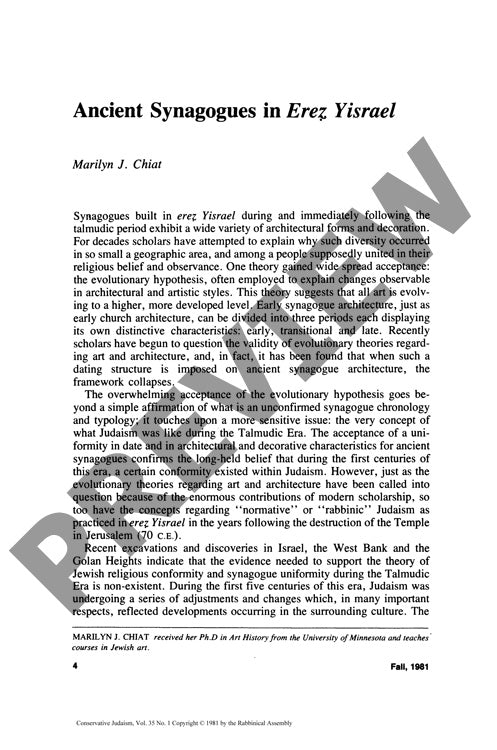Ancient Synagogues in Erez Yisrael
Couldn't load pickup availability
The architectural diversity of ancient synagogues in Eretz Yisrael reveals a far more complex story than the traditional evolutionary model suggests. Archaeological evidence from Hammat Tiberias, Capernaum, and other Galilean sites challenges decades of accepted typology that divided synagogue development into simple early, transitional, and late periods. By integrating historical geography with art historical analysis, regional cultural patterns emerge as the primary driver of architectural variation, rather than temporal evolution. The Hammat Tiberias synagogue complex serves as a crucial case study, exhibiting four distinct construction phases from the fourth through eighth centuries, including the addition of elaborate mosaic pavements featuring zodiac motifs and the controversial image of Helios. Significant architectural differences appear between Roman city-territories, with northern regions like Tetracomia and Gaulanitis maintaining conservative forms while Hellenized southern areas embraced more elaborate designs. These findings demonstrate that Judaism during the Talmudic period was remarkably dynamic and regionally diverse, responding to local cultural contexts, liturgical changes, and community needs rather than following the uniform developmental pattern long assumed by scholars.

More Information
-
Physical Description
-
Publication Information
Published 1981
ISBN
-
Publication Credits
Marilyn Chiat

